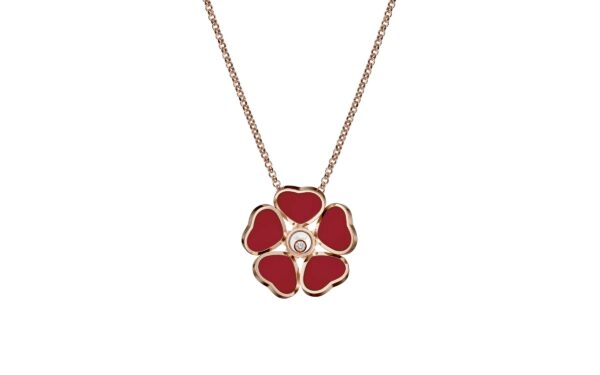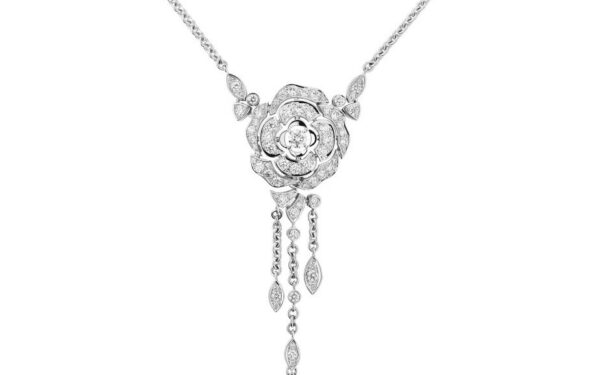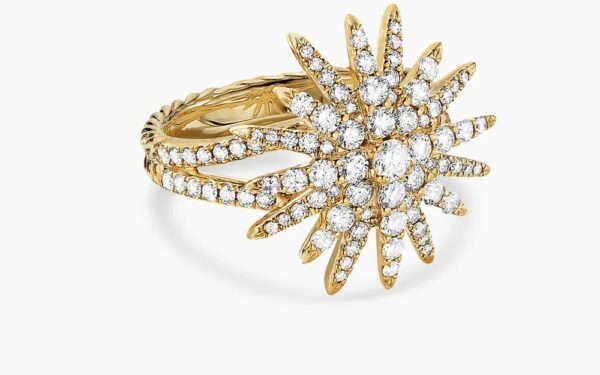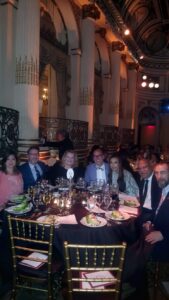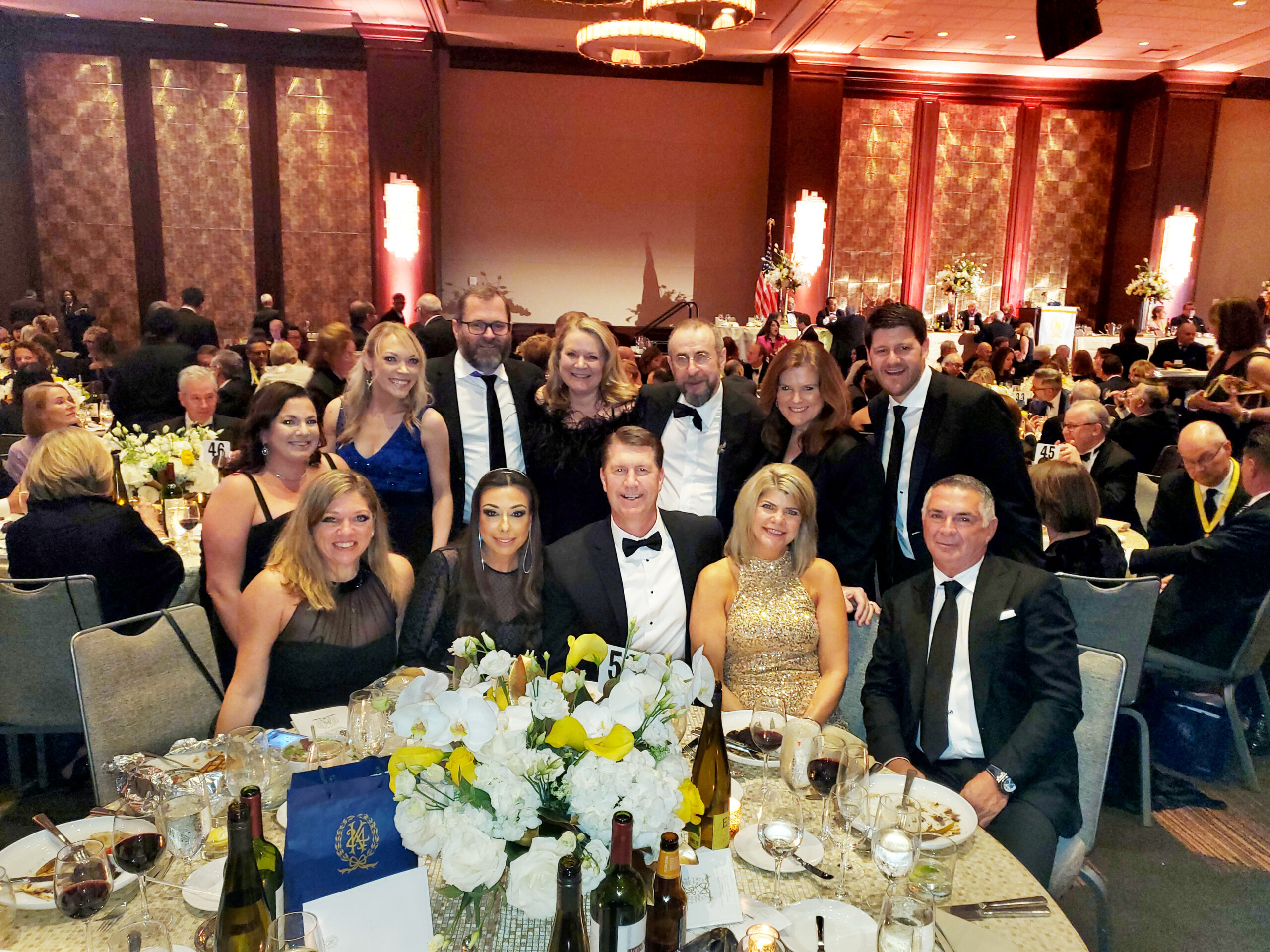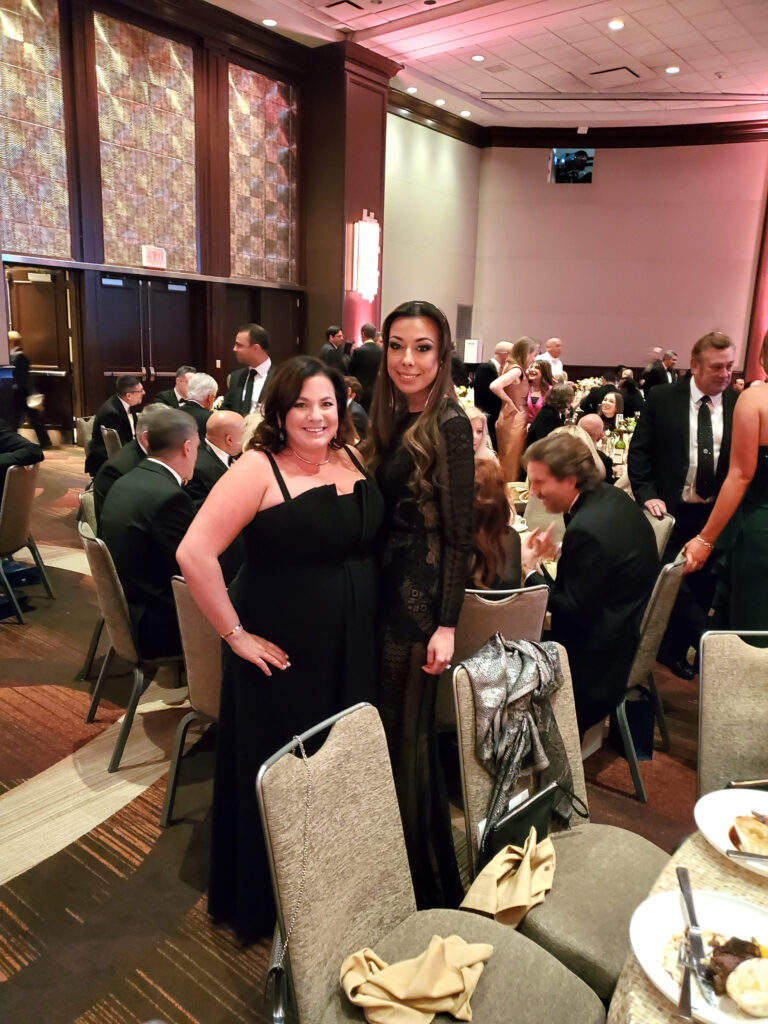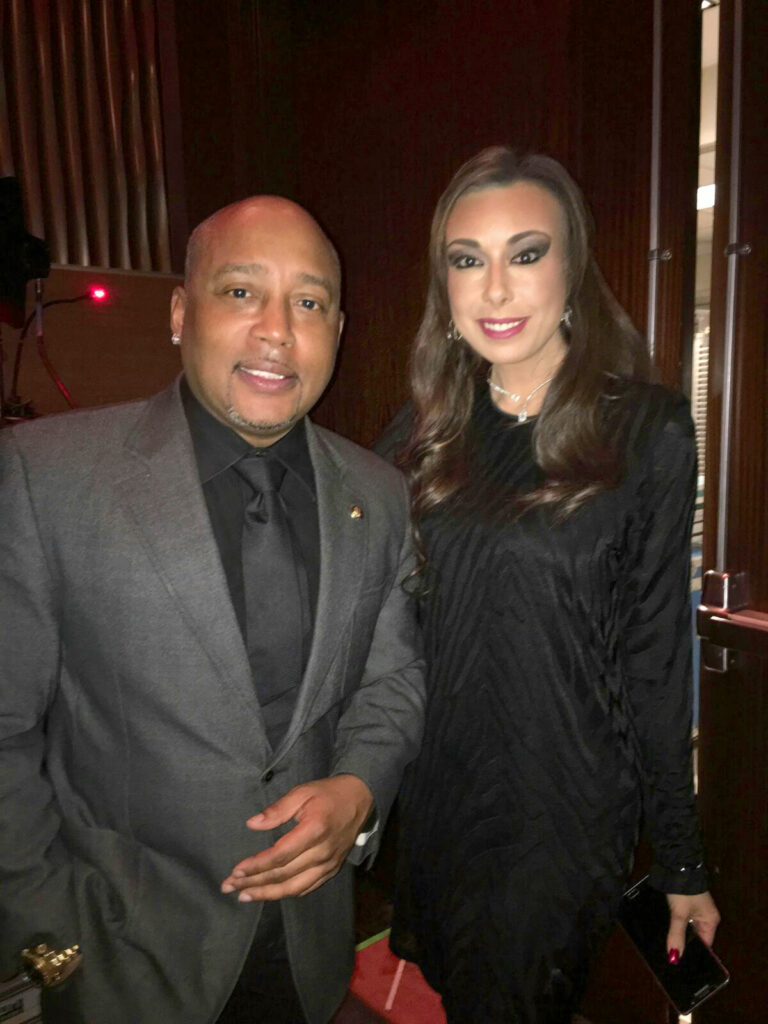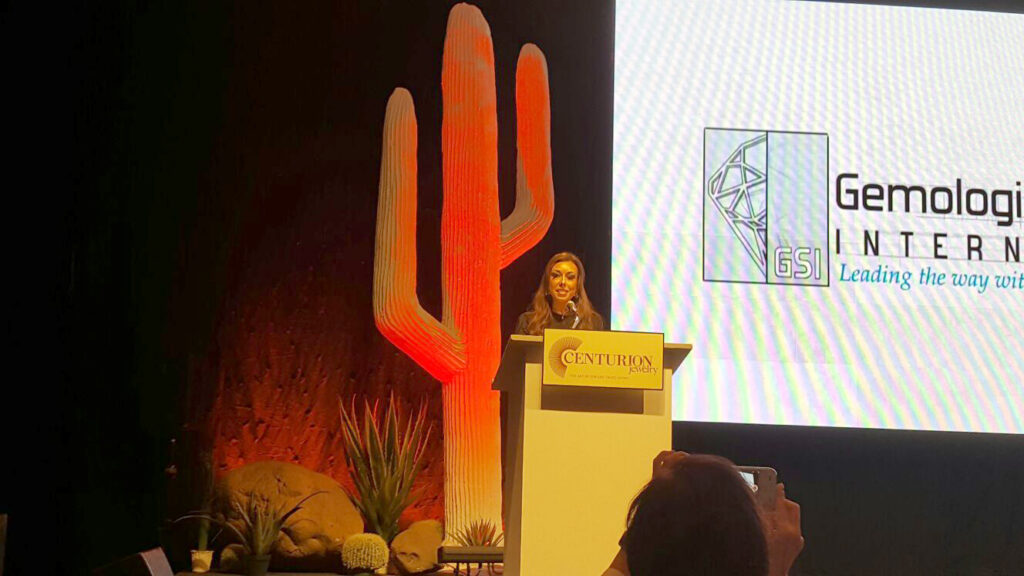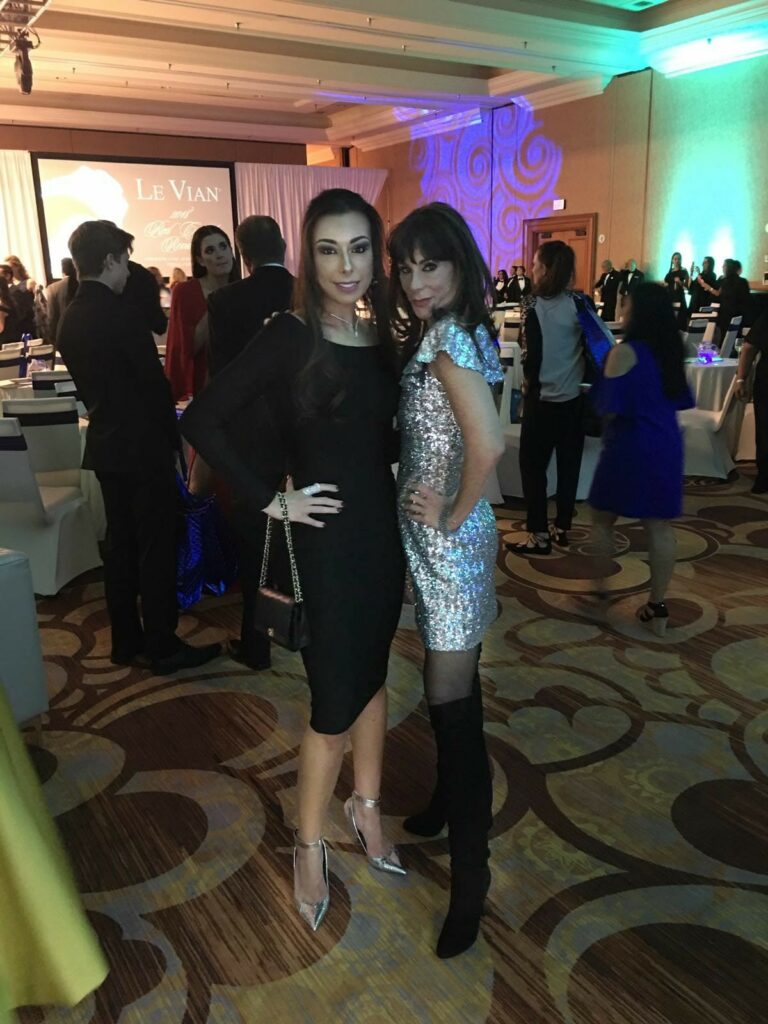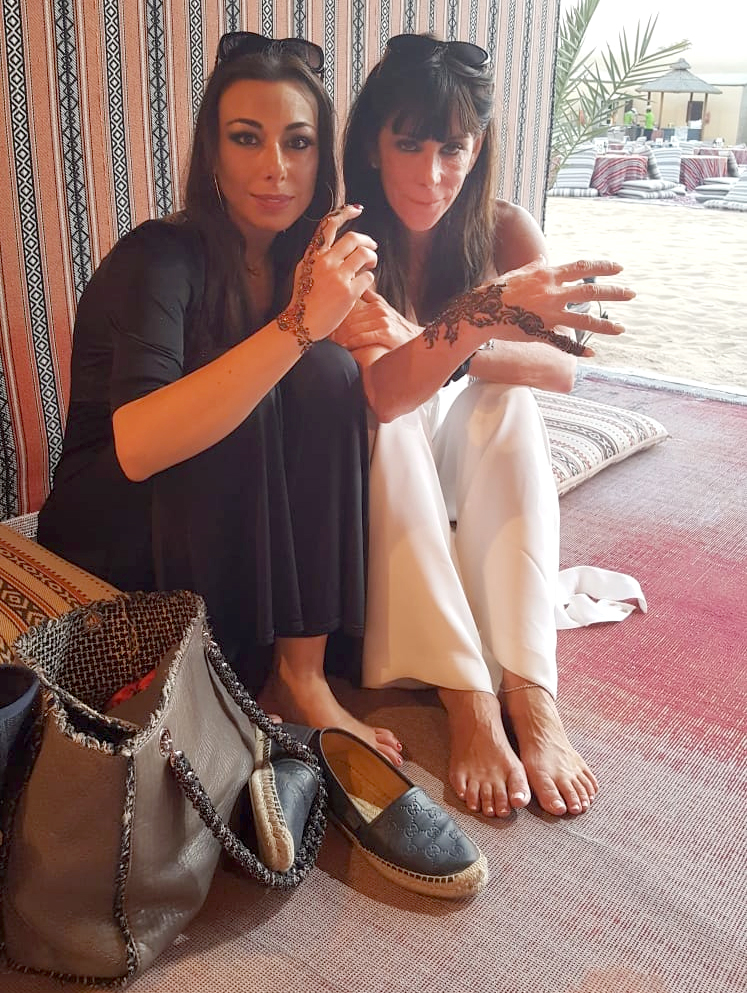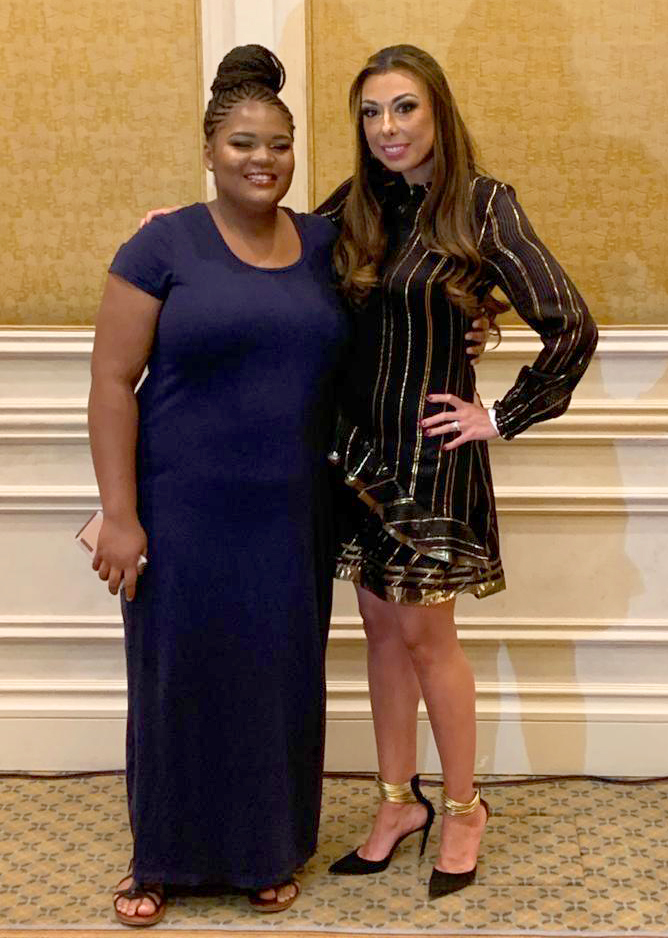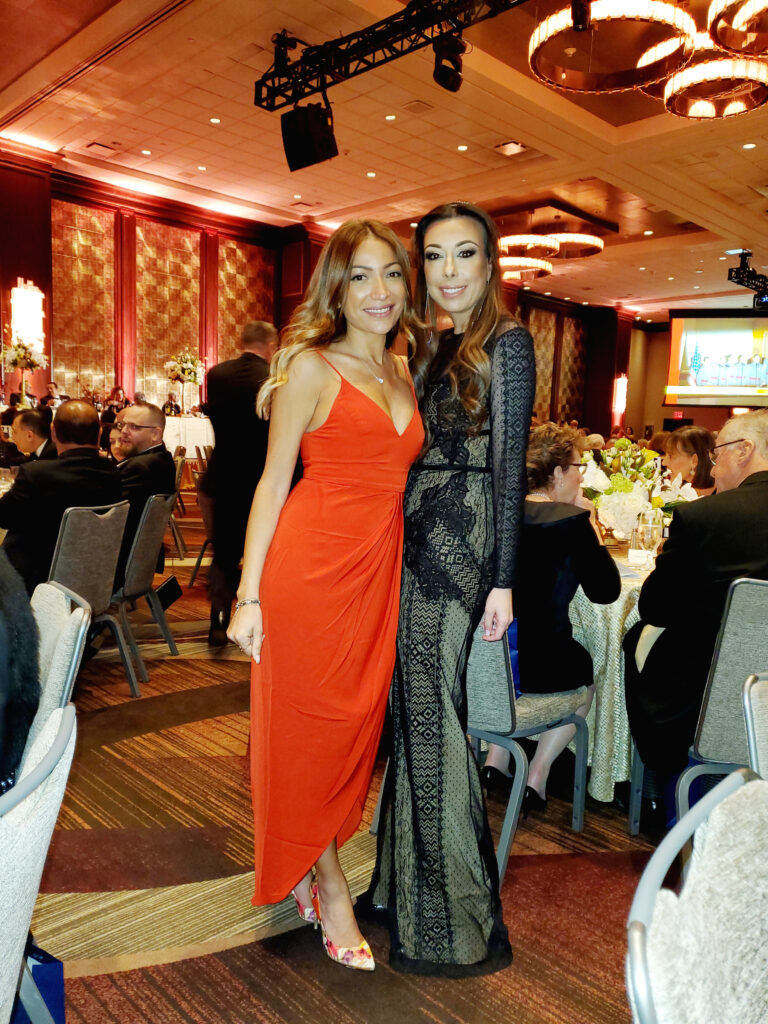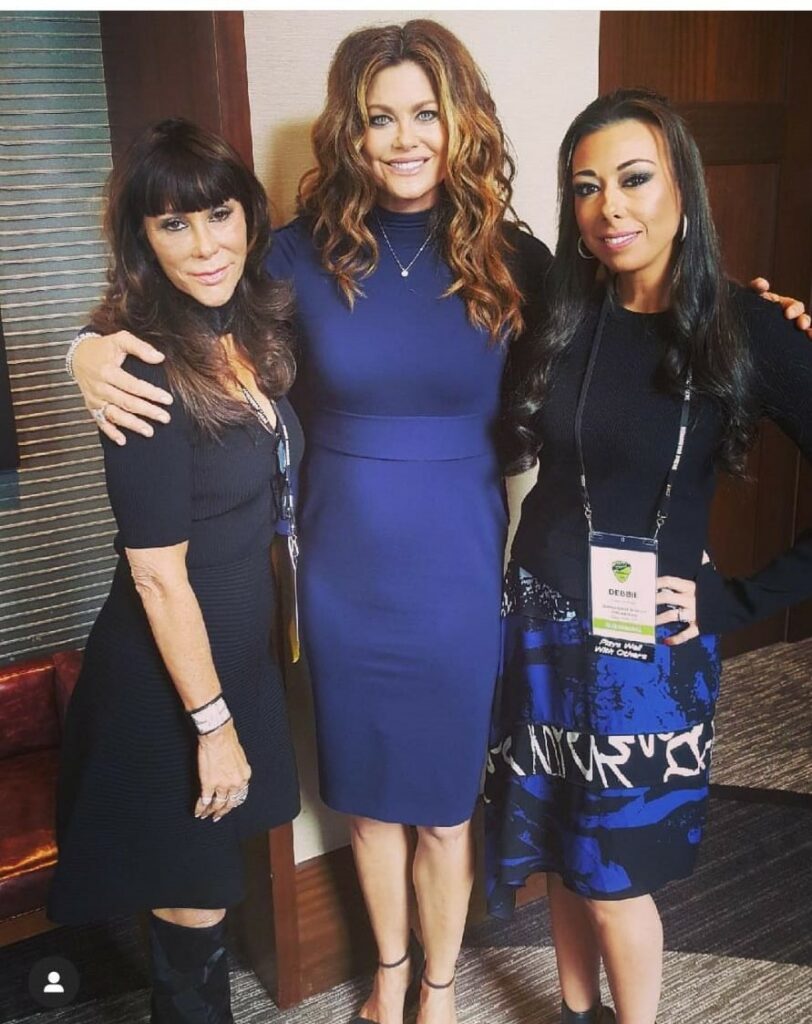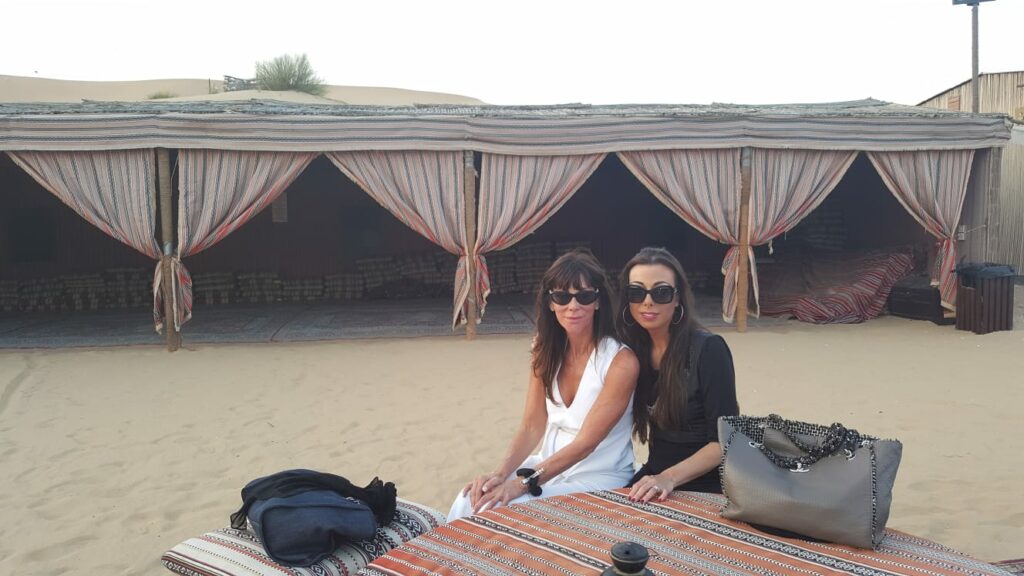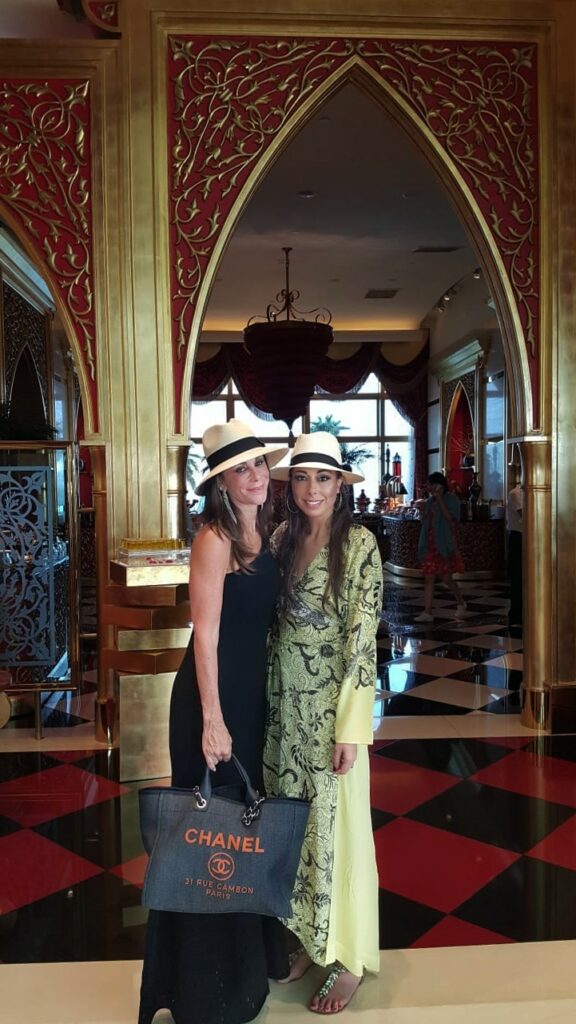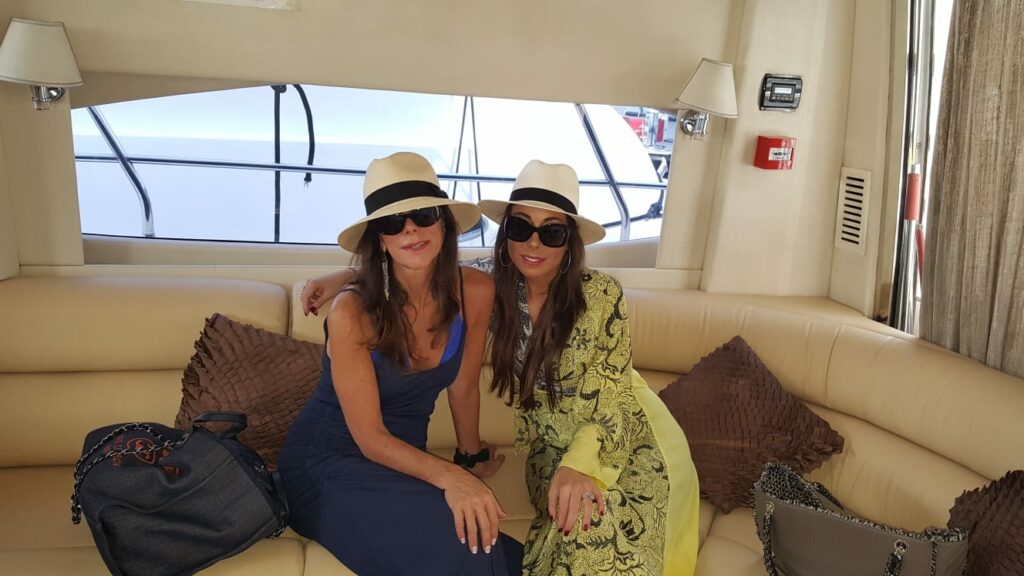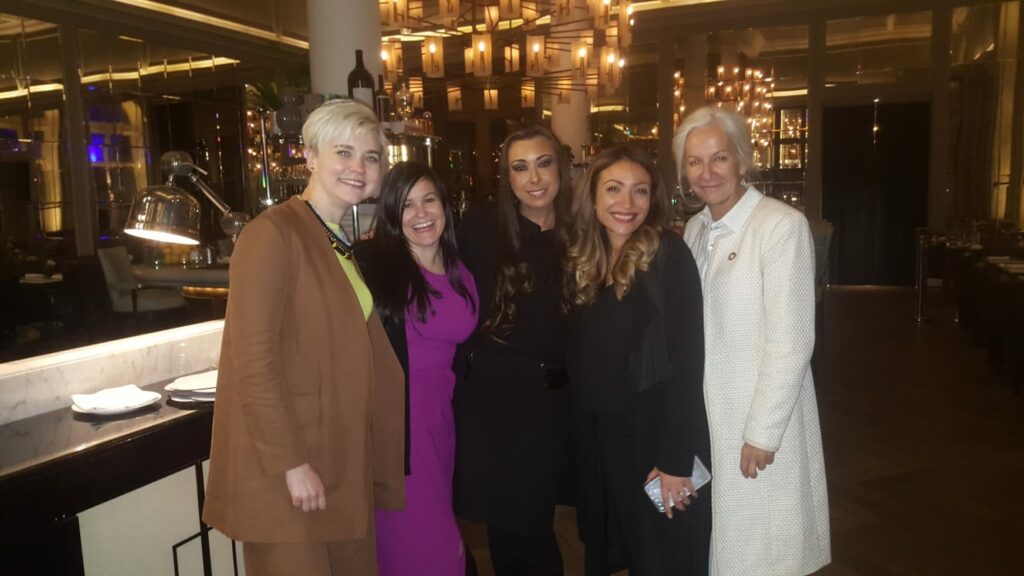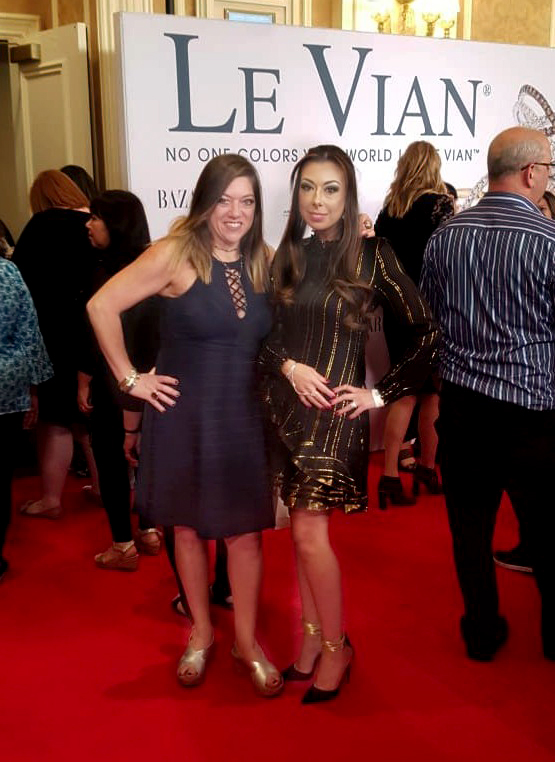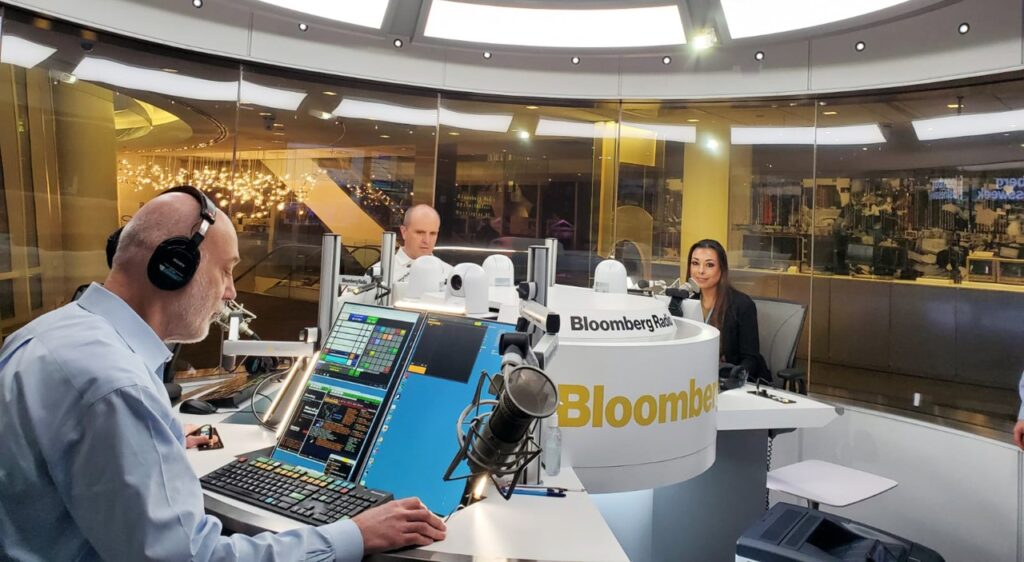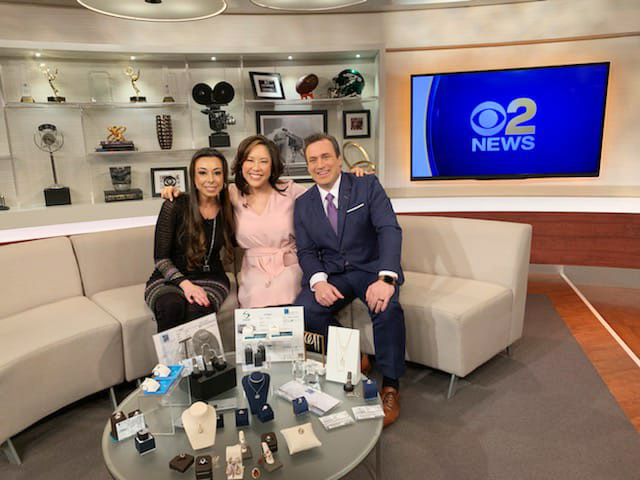The Metropolitan Museum of Art X Ten Thousand Things Collaboration
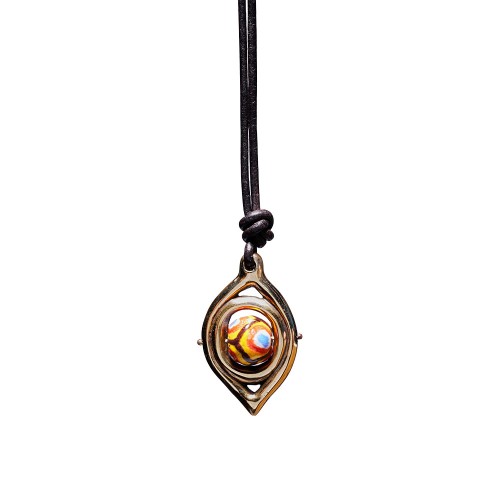
A visit to the Metropolitan Museum of Art just isn’t complete without a visit to their gorgeous gift shop. There, among other things, you will find the most artistic, unique jewelry. For their most recent exhibit entitled Before Yesterday We Could Fly: An Afrofuturist Period Room, the Met collaborated with popular New York City-based jewelry brand, Ten Thousand Things, for the creation of beautiful pieces.
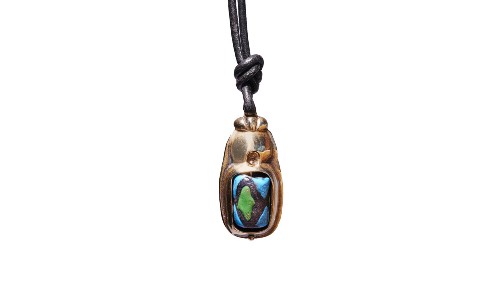
The exhibit centers around Seneca Village, which was once a predominantly Black settlement located at the site of the current site of Central Park in the 19th Century. The enclave gave settlers of Seneca Village a place to coexist far away from Downtown Manhattan, which was once a congested, unhealthy area, plagued with discrimination. In 1857, Seneca Village was demolished, and residents were displaced to make way for the creation of the epic park that we know and love today.
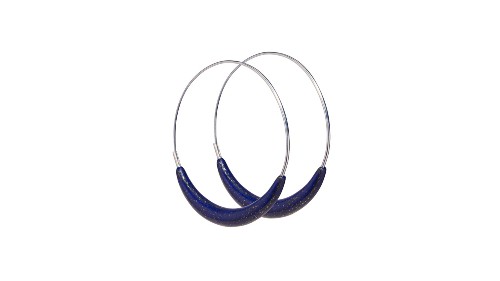
The title, Before Yesterday We Could Fly, is inspired by Virginia Hamilton’s legendary retellings of the Flying African tale, which celebrates enslaved peoples’ imagination, creative uses of flight, and the significance of spirituality and mysticism to Black communities during great uncertainty.
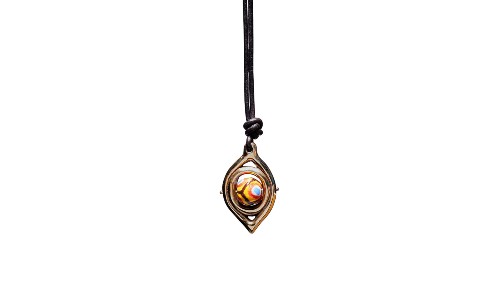
The exhibit imagines a world in which the residents of Seneca Village were still alive and well in their residences. It explores Afrofuturism—a transdisciplinary creative mode that centers Black imagination, excellence, self-determination, uses of flight, and the significance of spirituality and mysticism of Black communities when facing great uncertainty.

With guidance from the exhibition’s curators, jewelry designers Ron Anderson and David Rees were enlisted, as they are popular for their elegant pieces that often meld the modern with the past. They collaborated with the exhibit’s curators to create pieces that they imagined might be worn by the settlers of Seneca Village. Immersing their studies in its history and the work of Afrofuturist musician and filmmaker, Sun Ra, the duo created works that reflected the focus of the exhibit.

The capsule collection incorporates African trade beads, sterling silver embellished with hand-cut crystal and lapis, and the use of Egyptian symbols which include the ankh, scarab beetle, and the wedjat eye. Each of the beautiful pieces flourish with optimism and happiness, something that one might imagine the residents of Seneca Village held in spirit when they first came to live in their little enclave of serenity and freedom.
About The Author
Debbie Azar is the Co-Founder and President of Gemological Science International (GSI), one of the largest gemological organizations in the world, and a distinguished leader in the global diamond and jewelry industry. As an executive with extensive knowledge of the jewelry and gem lab industries, her entrepreneurial skills and vision have helped GSI achieve rapid and continuous growth worldwide, establishing 13 leading-edge gemological facilities on four continents. She currently serves on the boards of the Jewelers Vigilance Committee, Responsible Jewellery Council, and Jewelers for Children, and is a member of the 24 Karat Club of New York. She has been featured in Forbes, Daily Mail, Good Morning America, Bloomberg, Bloomberg Businessweek, Fox Business, Fox5, CBS2, BOLDTV, Varney&Co, The Street, and NASDAQ, among others.
